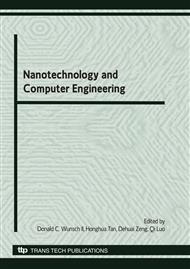p.579
p.585
p.591
p.596
p.600
p.606
p.613
p.620
p.627
Study on the Normalization for Internet Computing and Modeling of Conceptual Model XML-Based
Abstract:
This document explains and demonstrates on the Normalization for Internet computing and Modeling of Conceptual Model XML-based. The existing XML conceptual models have their limitation, largely because the semantic, such as “containment” and “multiple-scope”, could not be sufficiently described. XUML is a XML conceptual model based on UML. It is independent of specific XML schema definition language, and puts emphasis on describing relationships between domain concepts and defining related semantic constrains. XML normalization theory is recently a research focus, but the existing research outcomes are very complex so they are hard to be understood by XML designers. The development of database design methodology reveals that it is more effective to apply normalization theory in conceptual design than that in logical design. By following the successful approach, the characteristics of XML normal form are represented in XUML. Several XUML forms are defined, and the normalization based on XUML is investigated. The research on XML normalization theory further enhances XUML methodology. So we show the process of XML normalization in XML conceptual model in the paper. And several normalization methods are introduced. Finally, an example is presented to explain the general application of XML normalization methods.
Info:
Periodical:
Pages:
600-605
Citation:
Online since:
June 2010
Authors:
Price:
Сopyright:
© 2010 Trans Tech Publications Ltd. All Rights Reserved
Share:
Citation:


